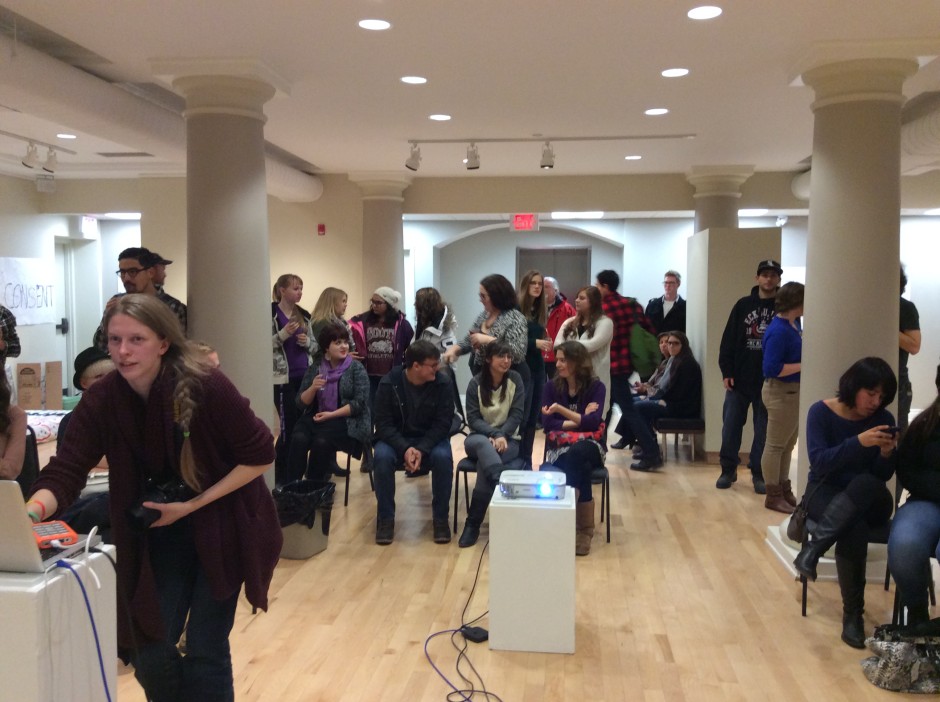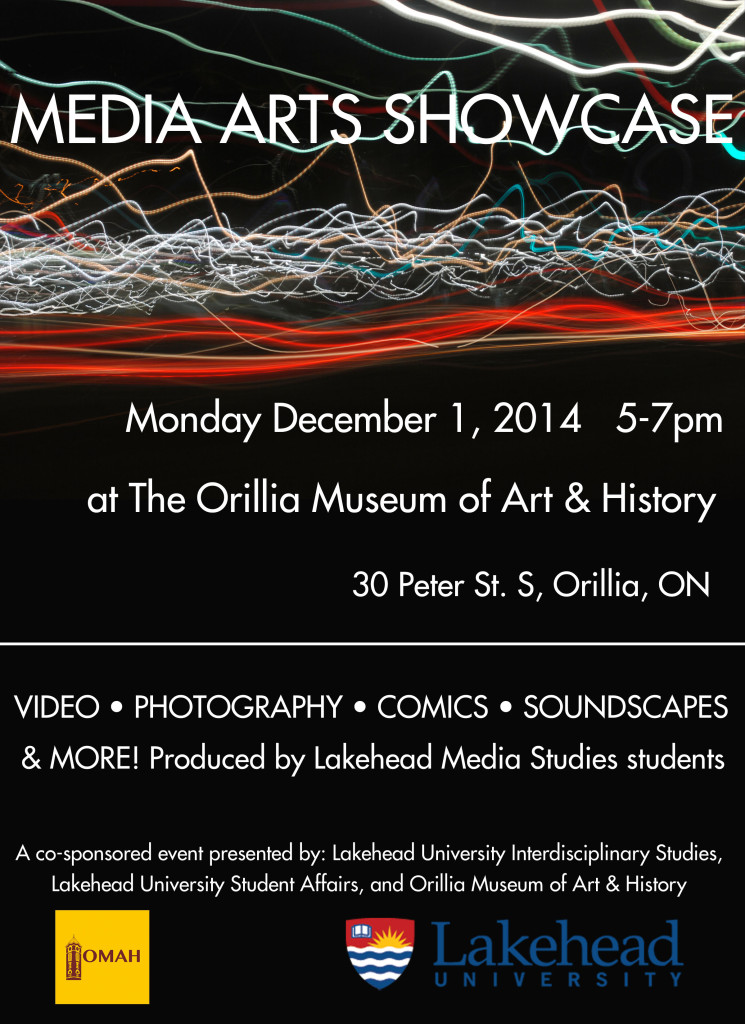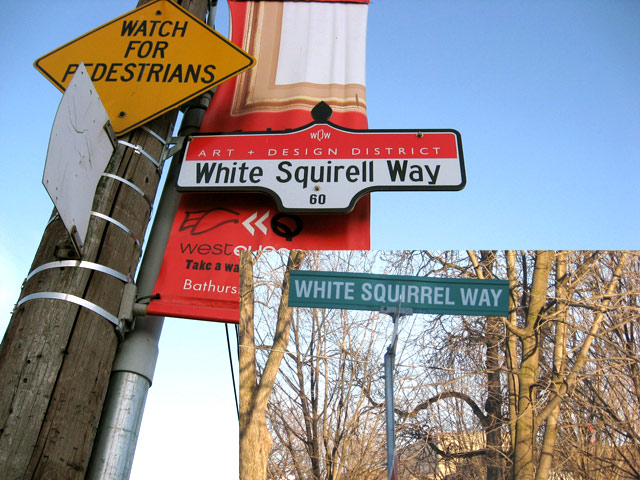As a cultural theorist and practitioner, I appreciate the values and benefits deriving from the direct encounter with praxis. At the same time, I believe that a rigorous theoretical training is necessary to the intellectual development of the individual. My main goal as an educator is to provide connections between theory and practice, history and contemporary world debates, literature and popular culture. As a result, my classes address theoretical content, while asking students to critically acknowledge and assess the way in which the emergence of new discourses and aesthetics may manifest in, and shape, popular culture, the arts and technoscience.
My teaching portfolio spans History and Theory of Communication, Visual Culture, Film Studies, and Cultural Studies, and is combined with a comprehensive theoretical foundation in Feminist Science Studies, Continental Philosophy and Critical Theory. My courses use experiential learning techniques taking the form of workshops and fieldwork; or simulated (online) and real immersion (during real interactions and group discussions) into interdisciplinary methods (e.g. scientific and artistic methods, essay form or fiction). Rather than just reading about interdisciplinary work, I encourage students to employ and develop an appreciation for it. As an educator, I am committed to fostering curiosity for interdisciplinary investigation, encouraging students to engage in collaborative projects and in community-based research. I built most of my teaching experience leading first and second year General Education tutorials at York University. In these courses, students bring very heterogeneous skills to the classroom. In addition, they come from the most disparate areas of study, ranging from Business, Mathematics, Physics, English, to the Fine Arts. Cultural, racial and linguistic diversity adds a further layer to the above variety. While some students will be perfectly comfortable with textual analysis, or traditional assignments, others will prefer manipulating visual material or engaging in creative writing. I deem important that students acquire equal confidence with written and multimedia expressions, with structured essays as well as with creative projects. I ensure that they be given equal opportunities to excel by diversifying the types of assignments and giving them the chance to try different expressive formats.
The above strategy has proven useful in teaching advanced media theory courses, where experimenting with the medium studied was key to understanding its materiality and complexity, as well as its relation to other media and human practices. For instance, for “Alternative Media,” a third year course in Communication Studies at Wilfrid Laurier, students had to examine fanzines and independent publications to which they had never been exposed before. For “Biopolitics of Networks” an advanced course in History and Theory of Communication (also at Wilfrid Laurier), students were asked to visually map, or physically build, the networks they had chosen to examine. The resulting creative maps were presented in the form of posters at the Wilfrid Laurier Academic Fair in April 2011. For “Feminist Approaches to Media and Technologies”(Lakehead University) students were asked to create media artifacts that contained a feminist and anti-oppression component. Assigning the students a “media project” that required to materially engage with the complex phenomena they are studying equipped them with a more nuanced and deeper understanding of a variety of types of media. A number of the media projects submitted were selected by a jury formed by myself and other members of the faculty of Interdisciplinary Studies (Lakehead University) and were exhibited at the Museum of Art of Orillia (ON) as part of the Media Showcase.




